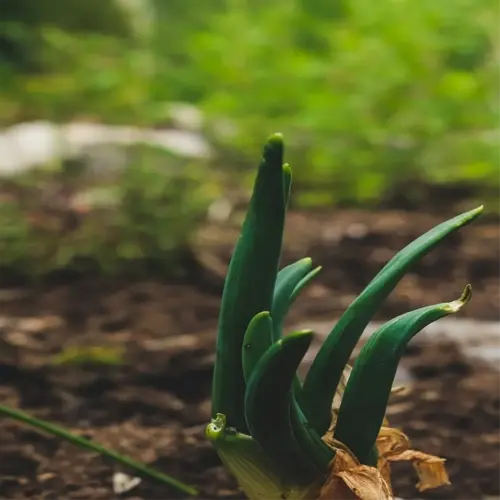How do I protect plants during heatwaves?

Written by
Liu Xiaohui
Reviewed by
Prof. Samuel Fitzgerald, Ph.D.When a zucchini plant encounters exceptionally high temperatures, such as heat waves over 95°F, it is crucial to act quickly, as the plant's survival depends on it. I have been able to save crops in the past, by acting before noon. Any time after the leaves have begun to wilt, the plant's chance for recovery is less than 50%. It is incredibly important to first water them deeply and install shade cloth when the heat advisory is posted.
Timing
- Water at 5-7 AM for deep absorption
- Install shade cloth by 10 AM
- Harvest fruits before noon
Physical Barriers
- 30% shade cloth over hoops
- Reflective mulch to bounce heat
- Temporary burlap screens
Soil Management
- 3" straw mulch retains moisture
- Avoid dark-colored compost surfaces
- Use soil-soaking polymers
Pollination Aid
- Hand-pollinate at dawn
- Mist flowers lightly
- Supplement with bee attractants
Mistakes in mulching make heat stress worse. Wood chips can create a thick, impervious crust, and I have measured soil temperature under wood chips at 130°F during heat waves. Straw, on the other hand, results in root temperatures around 20°F cooler. Apply a 4-6 inch layer around the plants and avoid packing it against the stems. Replenish straw after heavy rains wash it away.
During the recovery period of night, there is no denying it is vital. One of my clients, after the Pacific Northwest's heat dome in 2022, misted/irrigated his trees at 8 PM and he had an 80% reduction in blossom drop. Evening hydration combined with fine calcium supplementation at this time is an ideal strategy since calcium uptake increases by 300% with heat spikes, which can help with fruit deformities.
Read the full article: When to Plant Zucchini: Perfect Timing for Big Harvests

